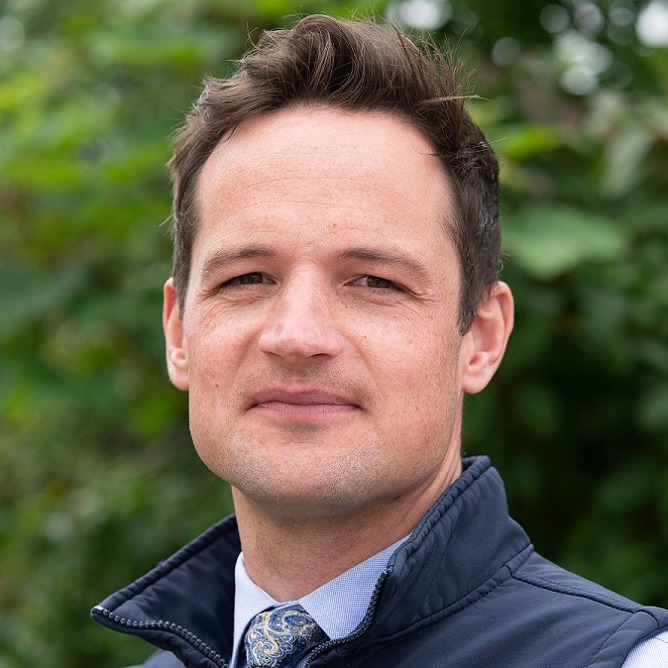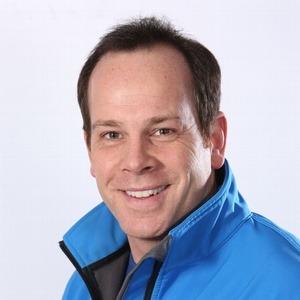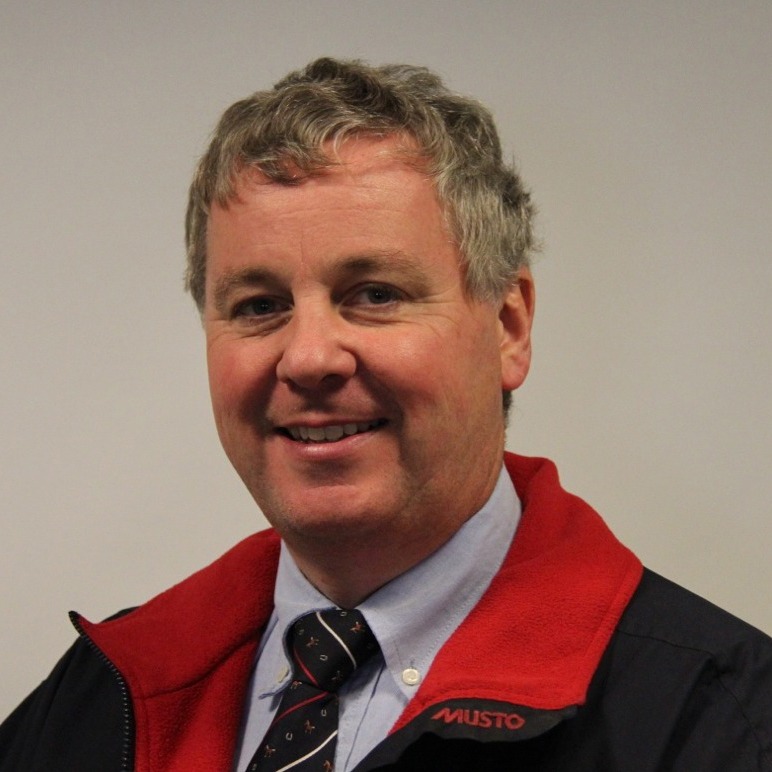Ultrasound-Guided Orthopaedic Injection Techniques & Therapies
Species
Equine
Contact Hours
9 hours
Early Booking Deadline
Thu, 01 January, 1970
Registration Deadline
Thu, 01 January, 1970
Language
English
Discipline
Diagnostic Imaging
Orthopaedics
Rehabilitation & Physiotherapy / Physical Therapy
Sports Medicine
Industry Partners
Global

Veterinary Partners
Global
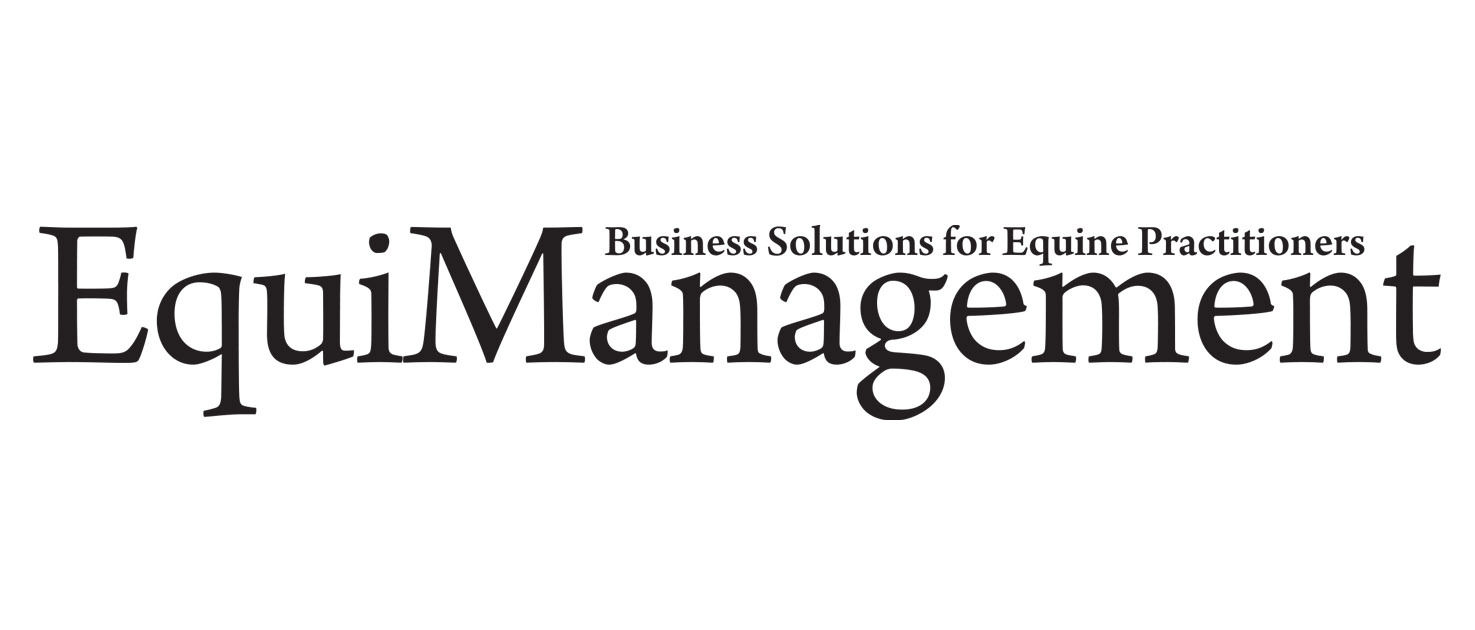
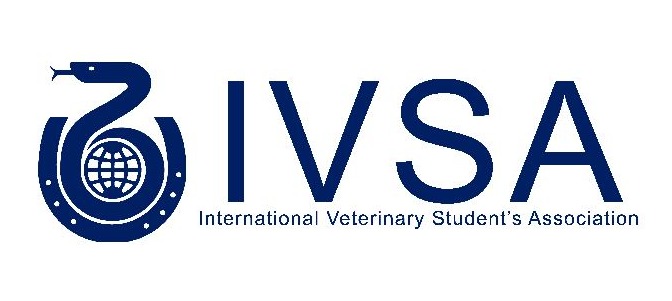
Ultrasound-Guided Orthopaedic Injection Techniques & Therapies
ONLINE LECTURE SERIES CONTENT
Ultrasonography has become a crucially important diagnostic imaging modality in Equine Orthopaedics and most Equine Practitioners nowadays have access to the necessary equipment. A growing number of equine orthopaedic specialists have furthermore extended the use of ultrasonography creatively to assist with injection techniques and to facilitate minimally invasive surgery. This webinar series has been developed to provide equine and mixed animal practitioners who have experience with ultrasonography, with the theoretical knowledge of performing ultrasound-guided orthopaedic injections and ultrasound-assisted surgical techniques, covering all regions of the musculoskeletal apparatus of the horse. A review of conventional and biologic treatment modalities for orthopaedic conditions will round the webinar series up.
The following topics will be covered in highly illustrated lectures and case presentations:
- How to get the most out of your ultrasound machine
- Principles of Ultrasound-Guidance
- Ultrasound-Guided Tendon & Ligament Injections
- Ultrasound-Guided Joint Injections of the Limbs (incl. hip & shoulder joints)
- Ultrasound-Guided Bursal Injections
- Cervical Facet Joint Injections
- Ultrasound-Guided Back Injections
- Lumbosacral & Sacroiliac Injection Techniques
- Ultrasound-Guided Surgery
- Conventional Systemic & Intra-Articular Joint Therapies
- What’s the latest on Regenerative Therapies?
David is a European Specialist in Equine Surgery and his main area of interest is orthopaedic surgery and lameness. David qualified from University College Dublin in 2003, before travelling to New York where he worked for four years. Subsequently returning to Ireland he established his own equine practice, focusing on imaging and treatment of equine athletes. David then completed his equine surgery residency programme at University College Dublin (UCD) before successfully obtaining a professional doctorate in orthopaedic ultrasound techniques. David moved to the UK in 2016 where he worked as a surgeon in Western Counties Equine Hospital and then Bourton Vale Equine Clinic. David now heads the orthopaedic and imaging service in the Philip Leverhulme Equine Hospital, University of Liverpool. His most recent research involves investigating contrast ultrasonography, pelvic CT, and ultrasound-guided sacroiliac and cervical facet injection techniques. He has also published work in the fields of joint surgery and synovial sepsis.
Jonathan Anderson is a director and surgeon at the Rainbow Equine Hospital. He is a Royal Veterinary College Equine Surgical Specialist, a Diplomate of the American College of Veterinary Surgeons and an FEI Veterinary Delegate.
Jonathan graduated from the Edinburgh’s Royal School of Veterinary Studies in 2000, completed an internship year at the San Luis Rey Equine Hospital in California, before moving to the Rainbow Equine Hospital in the UK for 3 years. He went back Stateside to undergo a large animal clinical fellowship at Oregon State Veterinary Teaching Hospital followed by an Equine Surgical Residency at the University of California, Davis. He achieved diplomate status in 2009, remained as a clinical instructor at UC Davis for a year before moving back to the Rainbow Equine Hospital at the end of 2009 to join the surgical team. He has been involved in advancing the use of CT both as diagnostic and intra-operative imaging modality within the equine veterinary field. His main veterinary interests include all things orthopaedic which includes the evaluation, advanced imaging and surgical treatment of horses with cervical stenosis. He is keen to see a sharing of knowledge and equipping of equine vets to recognise and treat horses with this condition.
His biggest asset is his long suffering wife Naomi and he kind of helps to manage a brood of 5 kids which means little time for any other activities although a run in the mountains every so often is where he likes to recharge his batteries once again!
Roger Smith is Professor of Equine Orthopaedics at the Royal Veterinary College, London, UK. He qualified as a veterinary surgeon from Cambridge University (UK) in 1987, having obtained a First for his undergraduate degree and a Cambridge Blue at swimming. After 2 years in practice, he returned to academia to undertake further clinical training as a Resident in Equine Studies at the Royal Veterinary College. Following his residency, he undertook a 3 year research project culminating in the award of a PhD for his studies on the extracellular matrix of equine tendon.
He remained at the Royal Veterinary College, first as a Lecturer in Equine Surgery, then as Senior Lecturer in Equine Surgery before his appointment as Professor in Equine Orthopaedics in December 2003.
He holds the Diploma of Equine Orthopaedics from the Royal College of Veterinary Surgeons and is a Royal College of Veterinary Surgeons Specialist in Equine Surgery. He is a Diplomate of the European Colleges of Veterinary Surgeons and Veterinary Sports Medicine and Rehabilitation, and is also a Large Animal Associate of the European College of Veterinary Diagnostic Imaging.
In 2016, he was awarded the Fellowship of the Royal College of Veterinary Surgeons for meritorious contribution to knowledge and was elected to president of the European College of Veterinary Surgeons in July 2017.
He divides his time between running a specialist orthopaedic referral service within the Royal Veterinary College, where he is involved in lameness diagnostics, imaging and orthopaedic surgery, and continuing to direct research into equine tendon disease. His principal research interests are understanding the pathogenesis of tendon disease, diagnostics for tendon and ligament disease, and stem cell therapy for tendons in both horses and humans.
He is married to a medical doctor and has two sons.
Veterinary Student
Online Lecture Series
USD 125.00
Qualified Vet
Online Lecture Series
USD 620.00
Intern/Resident (Requires proof of status)
Online Lecture Series
USD 465.00
If the options you are looking for are unavailable, please contact us.
No tax will be added unless you are a UK taxpayer
Choose currency at checkout



